Growing citrus sunshine in Charente
Why build an orangerie near Cognac? Citrus is central to Citadelle’s signature flavor profile, and Alexandre Gabriel wanted to push that exploration even further. By growing the fruit ourselves, we deepen our connection to the ingredient. But getting yuzu or lemon trees to thrive at Bonbonnet is no easy feat, so we embraced the challenge of growing citrus in our region. We’ve adapted, and learned a lot along the way.
"You have to monitor temperature, humidity, light… It is a delicate balance. The slightest excess and the plants react, yellowing leaves, disease, pests. You have to respond instantly," explains Baptiste, our landscape gardener.
Learning how to grow citrus
Before planting a single tree, the team consulted experts: at INRA in Corsica, at L’Agrumiste in Morocco, and even at the Orangerie de Versailles. The goal was to understand each tree’s specific needs, its natural rhythm and resilience. We then tailored that know-how to our local reality: cooler weather, different soil, but the same commitment to quality.
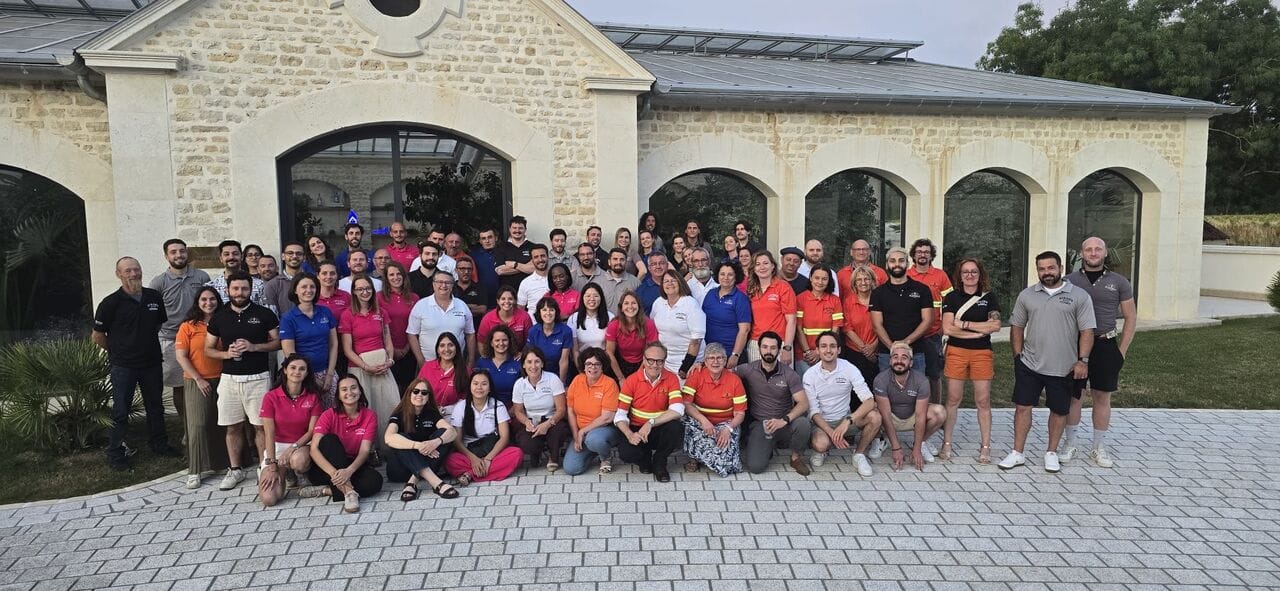
Choosing the right varieties
Inside the orangerie, we started with the citrus we already use (orange, lemon, yuzu), then added rarer varieties to push our research further: Buddha’s hand, finger lime, grapefruit, Tahitian lime… Every tree is grown organically in classic Versailles-style planters.
"Yes, I had to tweak a lot of things. Nutrients deplete quickly, so I regularly add all-natural amendments. This isn’t a garden you can leave to its own devices, you have to tend to it every day," says Baptiste.
He keeps a daily eye on them, adjusting watering, pruning carefully, and managing pests. For instance, when scale insects appeared, we first used black soap to deter them, but it was extremely time-consuming. So we introduced ladybugs, a natural and effective solution.
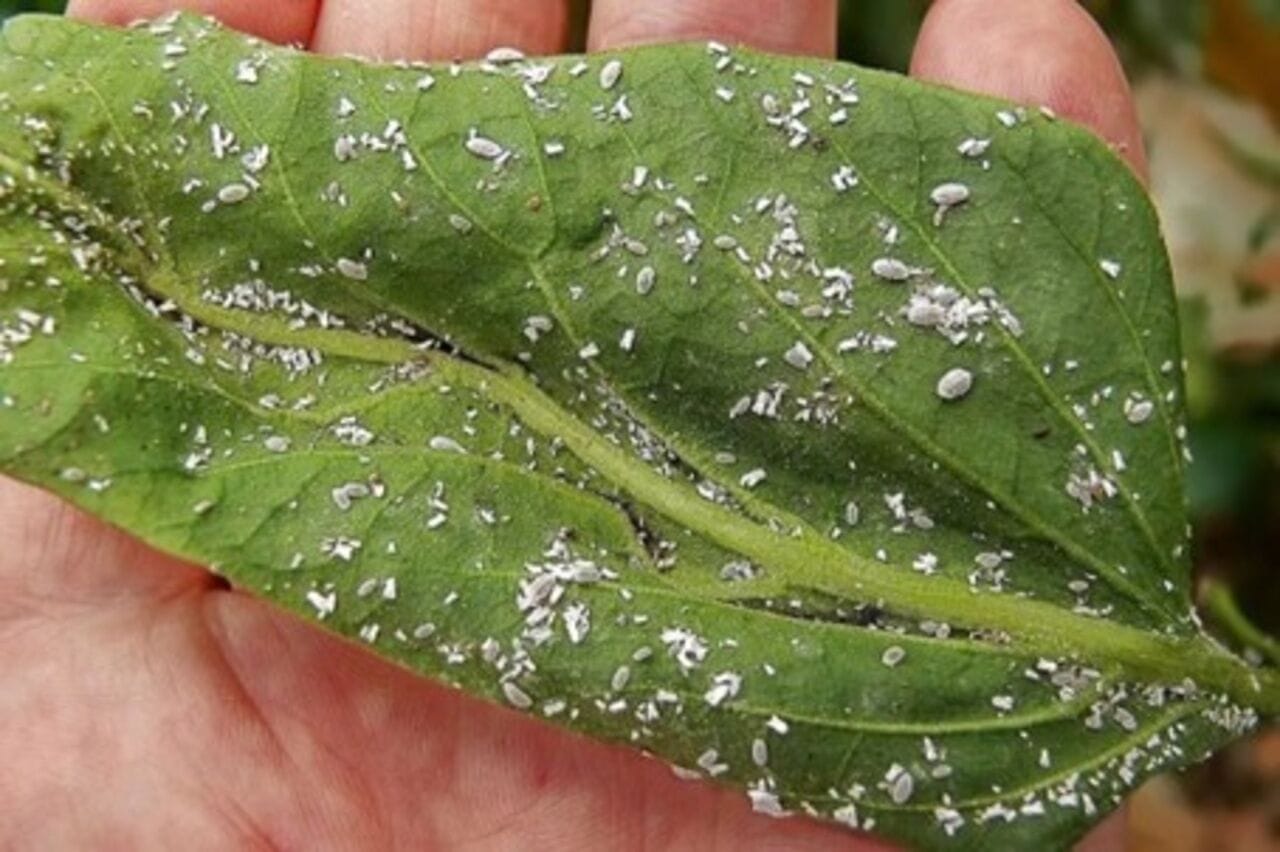
"The lemon tree is the most temperamental, it demands the most attention. It is very sensitive to cold, it hates temperature swings, and it can drop its leaves or blossoms in a heartbeat if something bothers it. On top of that, it attracts aphids, scale insects… But when it is happy, it is generous, and a real joy," continues Baptiste, head of the Orangerie.
From Ingredient to Innovation
The orangerie has two roles: supplying citrus for spirits like Jardin d’Été and Curaçao Yuzu, and sparking new ideas. Tasting fruit straight from the tree, and tracking how its flavor evolves, helps us understand its aromas and dream up blends that are even more precise, authentic, and innovative.
It is also a step toward greater self-sufficiency, much like what we already do with our juniper trees planted in front of the château. By growing our own ingredients, we control every stage, from cultivation to bottle.
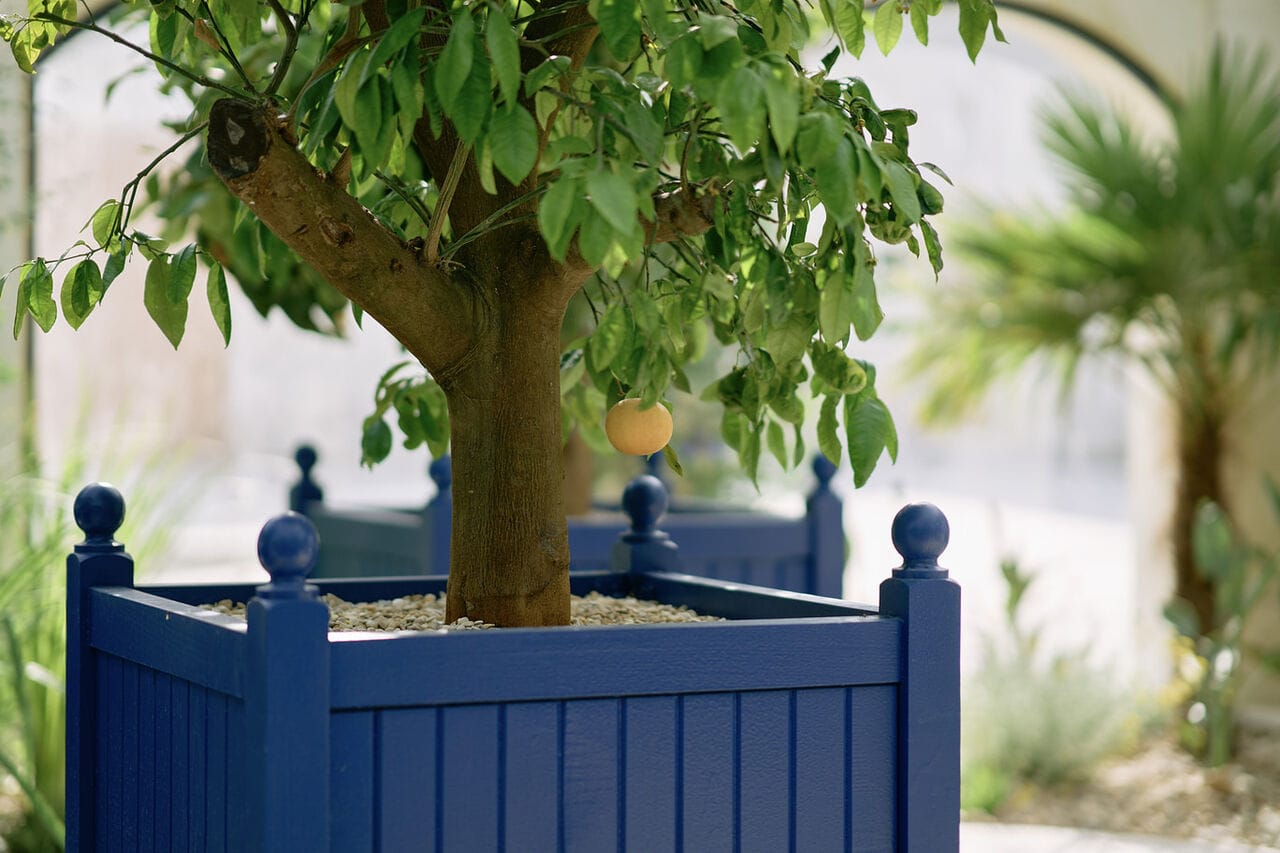
Progressive infusion, the key to flavor expression
At Citadelle, citrus is not treated as a secondary ingredient; it plays a central role, bringing fresh, tangy, sun-kissed aromas. To showcase it, we distill using our progressive infusion method: each botanical is steeped at a specific moment, for a defined duration, and at a set alcohol strength based on its characteristics. Citrus is added after the juniper berries, at a high proof, because that is when the aromas are extracted most effectively. Essential oils dissolve readily in ethanol, but much less so in water.
This preserves the freshness, complexity, and balance of every aroma.
A place dedicated to creation
The Orangerie is not a backdrop. It is a tool, a workspace, and a laboratory. It’s a space where we can be both more attentive and more inventive. It is also a way to stay true to what defines Citadelle: an artisanal approach with an eye on the future.
This unique venue is open to the public and will soon host micro-distillation workshops.
Stay tuned!
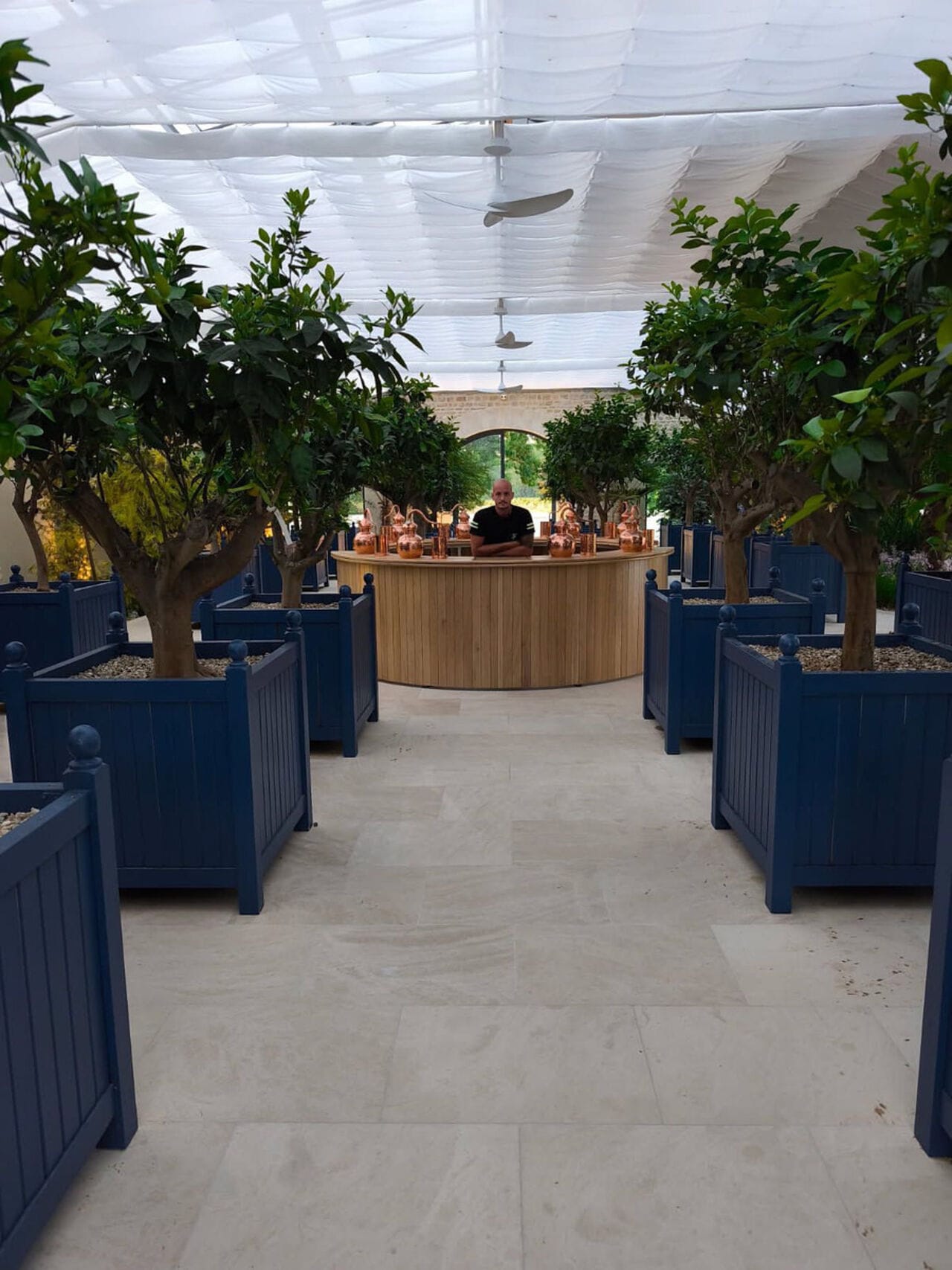

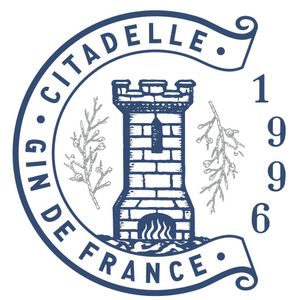
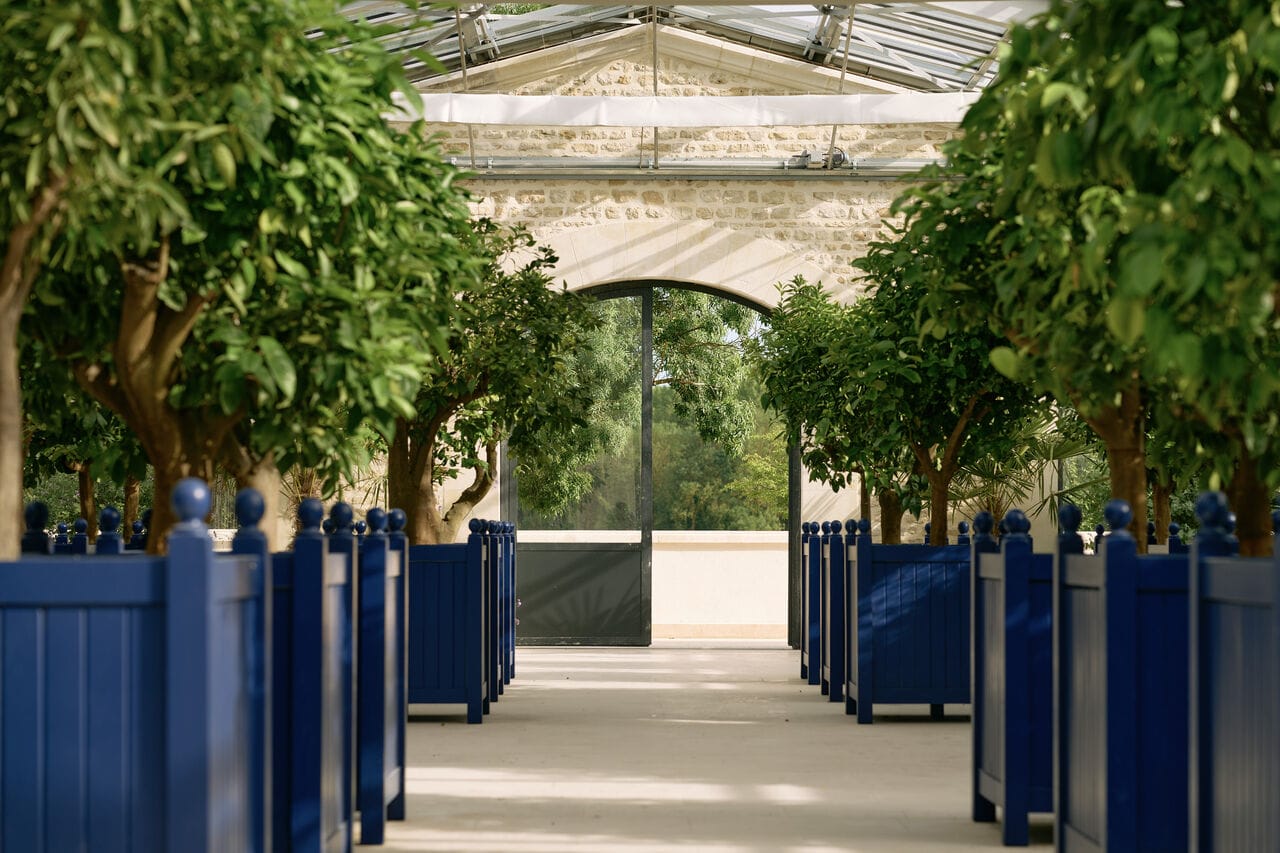
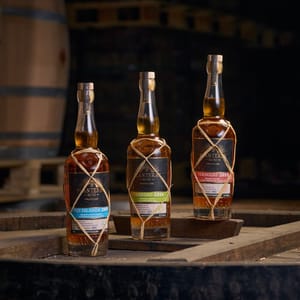
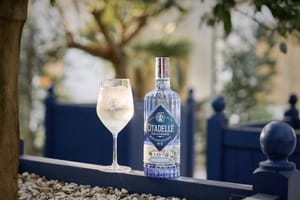
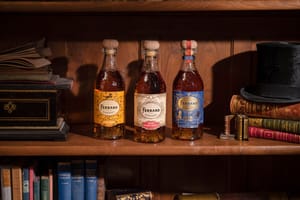
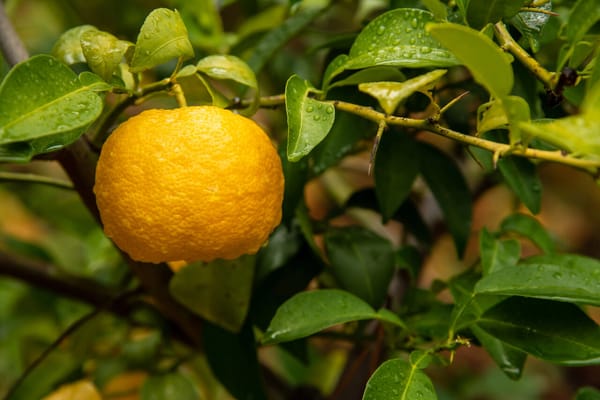
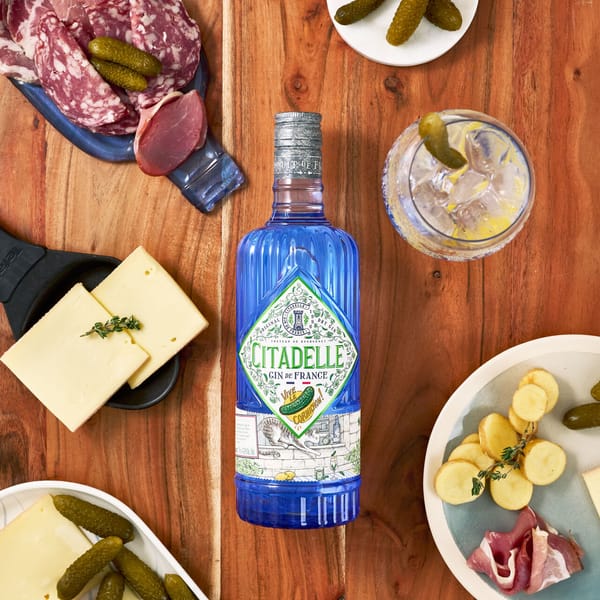
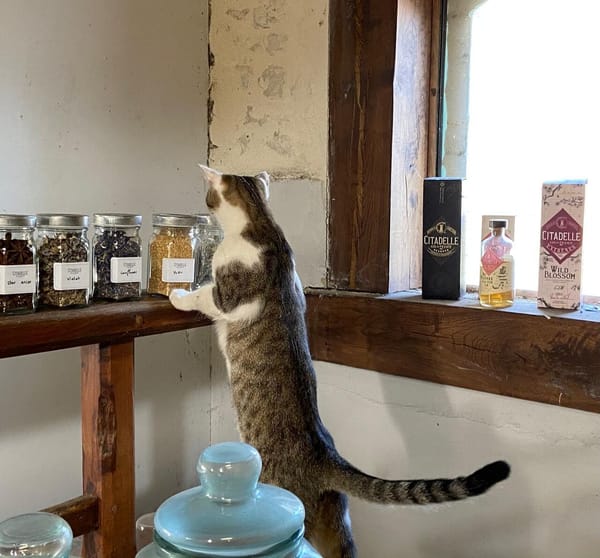
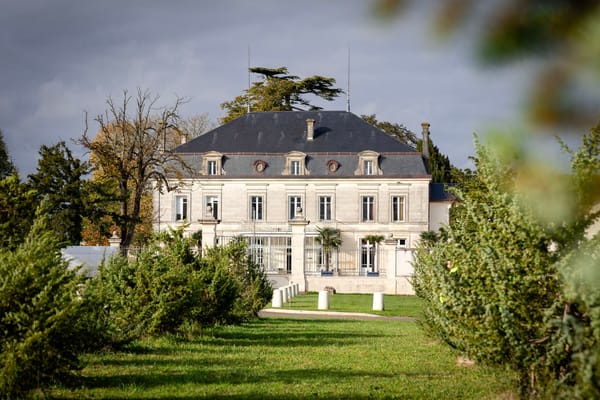
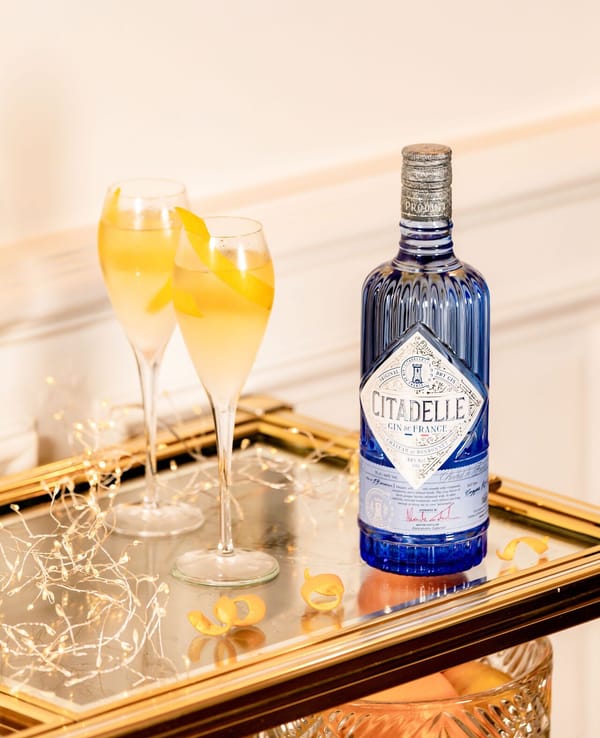
Member discussion